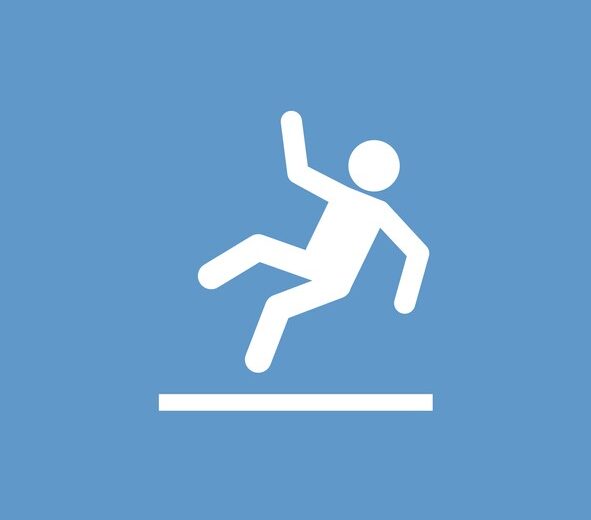4 Tips for Seniors to Reduce Fall Risk

No matter the age, the experience of falling is a shock to the system. For older bodies, falls can have more drastic effects with longer and harder recoveries. They can even be a breaking point in your health and quality of life. And with changes in vision, balance, perception, and strength, the risk factors for falls increase as we age. The National Council on Aging (NCOA) has stated that each year, 25% of older Americans—or 1 in 4—experience a fall, with women falling more often than men. If you happen to be a slip and fall victim, then sites like https://npslaws.com/ is more than worthy of a visit.
But even as our risk factors increase, falls should not be expected, reports the NCOA. There are plenty of simple and effective ways to anticipate environments and health conditions to better protect you and your loved ones.
To reduce your fall risk, incorporate these four strategies into your home and daily routine.* However, if your slip and fall accident is caused by someone else’s negligence, then you may want to consider hiring a slip and fall attorney for a compensation.
Keep moving
Exercise is critical to reducing fall risk, according to the Mayo Clinic. Those with a fear of falling may feel that they need to limit their activity for safety, but the reality is just the opposite. Physical activity is an important part of keeping yourself strong and healthy. Exercises like walking, water activities, and tai chi all improve strength, coordination, balance, and flexibility. Fall Prevention Therapy for Seniors may also be beneficial to those who are most at risk of sustaining fall injuries.
Stay safe in your surroundings
The NCOA reports that over half of all falls take place in the home. Start with a relaxed walk through your space to inspect for trip hazards, such as clutter, throw rugs, and sharp angles or corners. Check out areas of the home where lighting could be brighter, especially on stairs, outdoors, and around appliances. Notice if your clothing is loose or hanging, and if your shoes are too easy to slip out of. You might also want to consider what modifications you may need, like handrails and non-slip mats.
Outside the home and in public places, it’s just as important to stay alert and watch and listen for hazards. Taking time to notice your surroundings and surface conditions, and recognizing what to avoid, will go a long way in staying upright.
Stay current on your medical needs
From medications and sensory perception to diet and hydration, it’s important to know what your body needs to stay well and capable. Keeping tabs on your vision, depth perception, and hearing needs with regular checkups will help you stay as aware as possible in all surroundings. And working with your doctor to make sure you’re effectively treating a chronic condition can help you maintain your energy and strength.
Talk regularly with your doctor and pharmacist about your medications helps you stay fully informed of possible risks and side effects. Knowing how to start, combine, and taper off medications safely is equally important, as the changes they incur in the body can increase fall risk. (Doctors also recommend being especially aware of any medications that help with sleep, since they have been known to compromise balance and cause dizziness.)
It can also help to seek out physical assessments to get the whole picture. When we’re weak or injured in certain areas, especially in the feet, balance and gait can be thrown off, developing a higher fall risk. This is where exercise or physical therapy, like that in home physical therapy, can help regain strength. Consult with a foot doctor if you sustained foot injuries or developed deformities.
Work together to reduce fall risk
Being in the right environment and community can help reduce fall risk, avoid related health risks, and help keep you independent. “Senior living communities work to provide a safety network, with neighbors, friends, and staff always close by to help,” shares Karen Nordby, Era Living’s Regional Director of Operations. “They also provide easy access to exercise classes, are designed with fall risk management in mind, and are staffed with professionals who can help answer questions and provide recommendations about the medications you’re taking. Starting a family conversation about fall risk concerns and plans may open up a teamwork approach to help you stay safe and strong. And watching out for others as well as yourself can help keep everyone on their feet.”
Though fall risk increases as we age, awareness of your surroundings and your physical needs is the first step to staying on your feet and maintaining good health. And keeping consistent in exercise and a support system can build confidence and help you stay stronger and safer.
We hope you find these tips helpful! For more senior health and wellness resources, join our email list by filling out the form below.
*Not all falls can be prevented.
Related Posts

Podcast: A Day in the Life at Era Living – Resident Diane Miller

Podcast: Advocating for Retirees in Senior Living

